Why exactly is Dhaka the slowest city in the world?
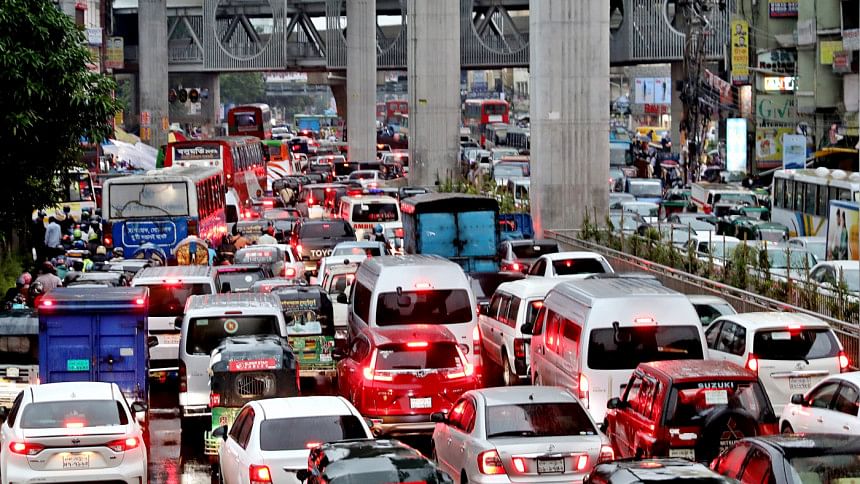
To ease traffic congestion in Dhaka, the government has spent about Tk 135,000 crore in various infrastructure megaprojects such as flyovers, metro rail and elevated expressway over the past decade. But these projects are far from solving the city's traffic jam problem; on the contrary, the average speed of vehicles in Dhaka dropped from 21km per hour in 2007 to a meagre 4.8km per hour in 2022. Recently, a study by the US National Bureau of Economic Research found Dhaka to be the slowest city in the world. This figure emerged from the analysis of traffic speed in more than 1,200 cities in 152 countries. According to a survey by the Centre for Policy Dialogue (CPD), on an average, commuters in Dhaka city are stuck in traffic for 46 minutes every two hours, which leads to a waste of approximately 276 hours a year.
The reason for the consistent traffic jams despite so much investment is the continuous emphasis on building private-car-friendly and glamorous infrastructures, without giving due importance to developing the public transport system. Occupying the same amount of road space, a bus transports at least 40 people, while two private cars carry perhaps four to five people. According to a survey by Democracy International conducted in 2017, about 76 percent of Dhaka roads are occupied by six percent of the commuters who own private cars. But priority has been given to building infrastructure like flyovers and expressways that encourage increased use of private vehicles, thus serving only the privileged sections of society.
The Revised Strategic Transport Plan (RSTP) for Dhaka highlights the importance of improving the public bus system by mentioning that, at present, buses are the main mode of transport in the city, and based on the demand forecast, they will remain so in the future as their modal share will remain high. Modal share of the Mass Rapid Transit (MRT) and Bus Rapid Transit (BRT) will be about 20 percent, so the bus transport system needs to be modernised as soon as possible. And for this, the RSTP recommends establishing three to five large bus fleets by merging or abolishing the existing private bus operators. The RSTP also emphasises on feeder services through buses as a prerequisite for the success of MRT and BRT. If there is no proper bus arrangement for commuters to and from the MRT and BRT stations, then those systems will not be successful.
While one MRT line and BRT are under construction and the rest are in the pipeline, there is no progress in modernising the public bus transport system. After much discussion and criticism, a bus route franchise was introduced on a pilot basis through a company named Dhaka Nagar Paribahan on one route in December 2021 and two more routes in October 2022, with 50 buses on each. But the unhealthy competition among the buses did not stop as buses of other privately owned companies continued to operate on the same routes. Those buses picked up passengers at the same time as Dhaka Nagar Paribahan, stopping here and there; as a result, the pilot project failed.
The reason for the consistent traffic jams despite so much investment is the continuous emphasis on building private-car-friendly and glamorous infrastructures, without giving due importance to developing the public transport system. Occupying the same amount of road space, a bus transports at least 40 people, while two private cars carry perhaps four to five people.
In fact, bus operation in Dhaka does not qualify as a public transport system. Starting from the approval of the new bus route, the total system is riddled with irregularities. Here, the main qualification for operating a bus on a route is political power. By using political connections, influentials get approval for bus routes and then lease them out to various private bus owners. The bus owners then rent the buses to the transport workers on a daily contract. At the end of the day, the driver and his assistant share what is left after deducting the fuel cost, rent to the owners, bribes to law enforcers and donations to the politicians. To raise the required money, the drivers don't follow any rules. They carry passengers beyond capacity, stop at random places to take passengers, and drive the buses recklessly to compete with other bus operators on the same route. As a result, the quality of passenger service is very poor on the one hand, and the number of accidents causing deaths and injuries are very high on the other.
Most of the buses and minibuses running in Dhaka are unfit, dirty and shabby with malfunctioning brake and indicator lights, making the journey risky, uncomfortable and unhygienic. Even if the commuters are willing to put up with so much hardship by boarding these buses, there is no guarantee of getting them and reaching destination on time. Especially for women, children and the elderly, travelling by these buses is a horrifying experience. This is what encourages people with some financial ability to buy private cars. This is what is happening in Dhaka.
According to the Bangladesh Road Transport Authority (BRTA), on an average 40 new cars hit Dhaka streets every day. Until 2010, the number of private cars on the city roads was 160,000, which in 2023 has doubled to 336,000. The flyovers and expressways built spending thousands of crores of taka are being filled with private cars to carry a tiny section of commuters, and as a result, traffic in the city is slowing down further. For example, the Dhaka Elevated Expressway is mostly used by private cars, and those cars and others experience severe traffic congestion on the streets near the landing points of the expressway.
According to a Jica survey, 60 percent of travellers in Dhaka use public transport. Of them, 67 percent use buses and minibuses. If Dhaka's public transport system is to be fixed, the bus-minibus management system must be improved first. For example, despite a large metro rail system consisting of 12 lines, 288 stations and 393km of network in existence in New Delhi, India's capital, public buses carry more passengers.
To solve the severe traffic congestion and transportation crisis in Dhaka, it is not enough to plan and build expensive flyovers, expressways, metro rail or BRT. The public bus system that transports most of the passengers needs to be revamped. Public control must be established on the transportation system by breaking the clout of politically influential private bus owners. The use of private cars on the roads should be discouraged by providing proper alternatives. A pro-people multimodal transportation system combining public bus, metro rail, BRT, bicycles and walking should be planned and implemented.
Kallol Mustafa is an engineer and writer who focuses on power, energy, environment and development economics.
Views expressed in this article are the author's own.
Follow The Daily Star Opinion on Facebook for the latest opinions, commentaries and analyses by experts and professionals. To contribute your article or letter to The Daily Star Opinion, see our guidelines for submission.

 For all latest news, follow The Daily Star's Google News channel.
For all latest news, follow The Daily Star's Google News channel. 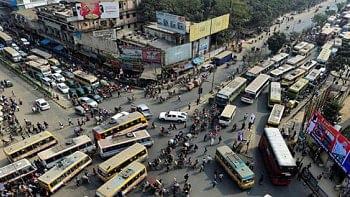
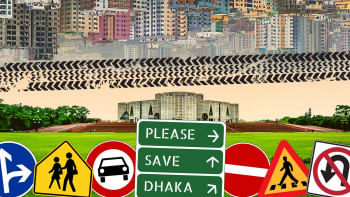




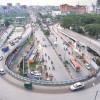

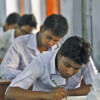
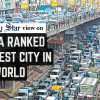


Comments